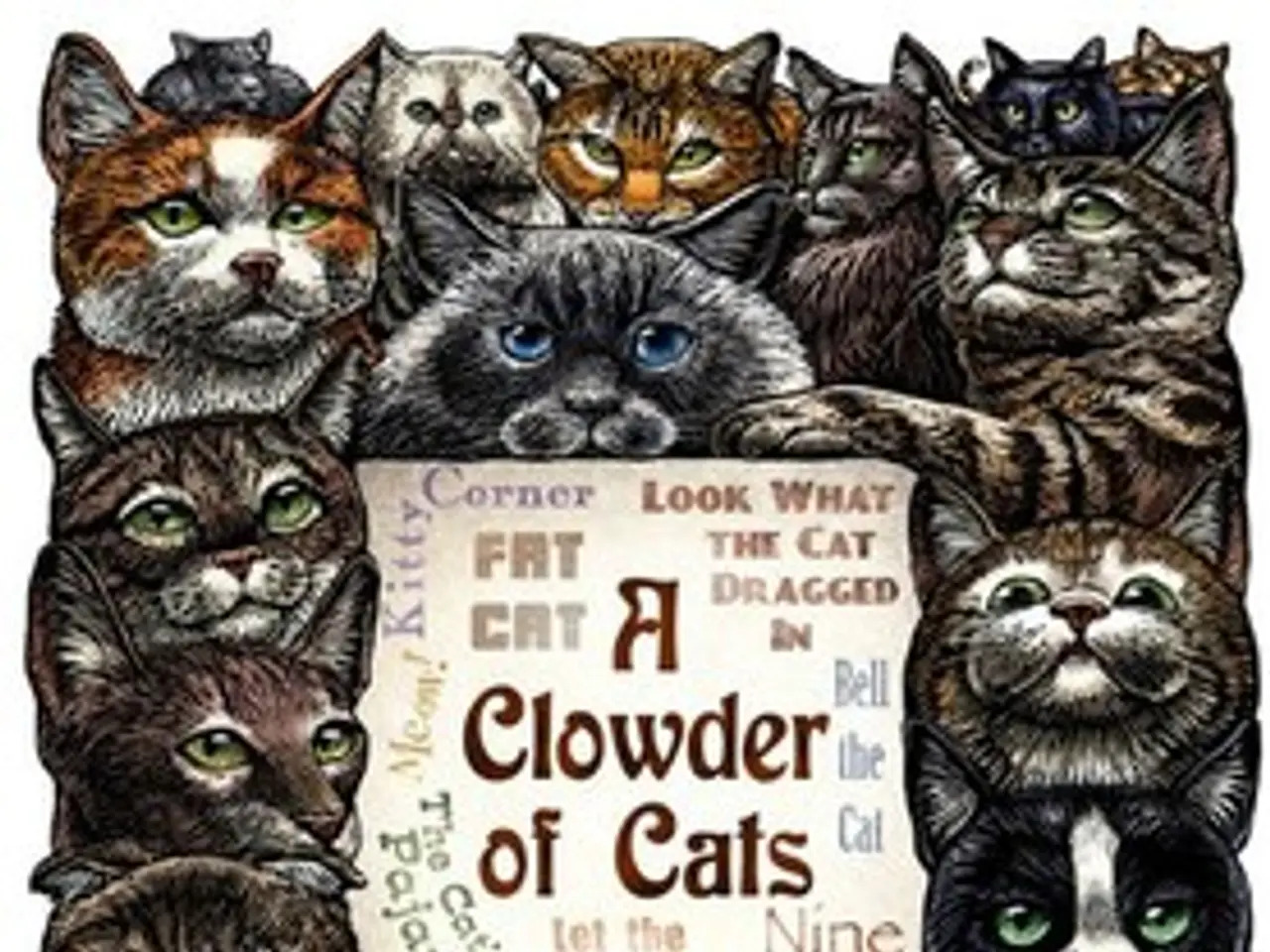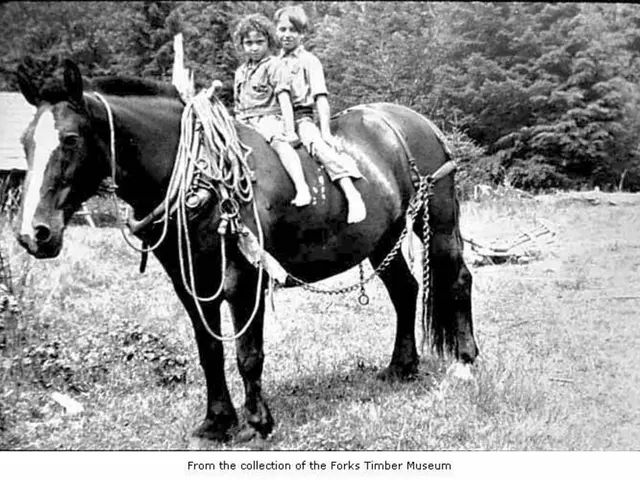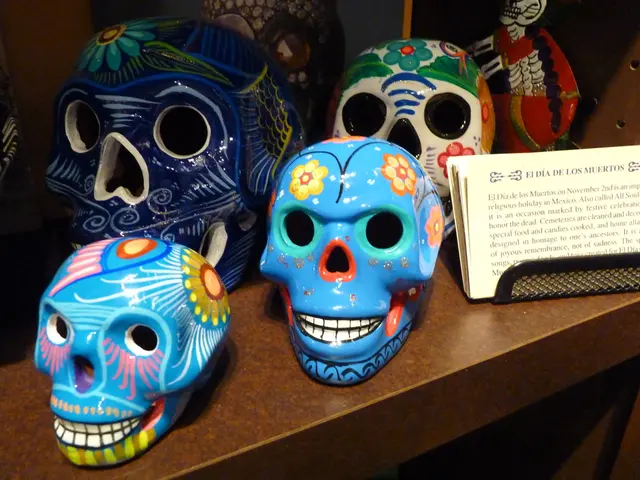Resurrecting the dodo bird through Jurassic Park-like science techniques
In a groundbreaking development, biotechnology company Colossal Biosciences, based in Texas, has announced plans to bring back the dodo bird, a flightless species that became extinct in the 17th century from Mauritius. The company, led by CEO Ben Lamm, is also working on reviving the woolly mammoth and the Tasmanian tiger, among other extinct species.
Colossal Biosciences aims to achieve this feat using genome editing, cloning, and surrogate species techniques. They have already made strides in this direction, having genetically modified chickens to act as surrogates for the dodo bird and growing primordial germ cells from Nicobar pigeons, the closest living relative of the dodo.
While the prospect of reviving extinct species is exciting, not everyone is in favour of this approach. Dr Alexander Lees, a reader in conservation biology at Manchester Metropolitan University, believes that the value of producing lookalikes of extinct species is marginal and could lead to net biodiversity loss. He argues that any ecological benefits from creating a dodo-like creature would be negligible.
Moreover, robust scientific studies indicate that spending on de-extinction could deprioritize other conservation work. Additionally, the technology used to genetically engineer animals raises welfare issues, according to Andrew Knight, a veterinary surgeon and adjunct professor of animal welfare. Many genetically modified animals may not survive to adulthood, creating welfare hazards due to potential suffering.
Despite these concerns, Colossal Biosciences is certified by the American Humane Society, an organization known for preventing cruelty to animals. The company has also made its technology available to conservation organizations to help threatened species. They plan to reintroduce the dodo-like birds back into the wild, though the Mauritius of today, with its 1.26 million people and only 4% of native forest cover, is very different from 16th-century Mauritius, making it unlikely that any large flightless bird could survive in the wild.
Colossal Biosciences is not new to the world of de-extinction. They have previously unveiled several pure white animals that they claim are 'de-extincted' dire wolves. They have also developed a 'woolly mouse' genetically engineered to have a woollier and lighter coat. The timeline for the realization of this dream is around five to seven years.
Dr Lees values the work done by Colossal Biosciences in gene-editing technologies, but he emphasizes the importance of prioritizing existing species conservation efforts. As the debate on de-extinction continues, it is crucial to consider both the potential benefits and the potential risks associated with this groundbreaking technology.
Read also:
- Transforming PFAS Identification: The FRED-PFAS Approach
- Phenomenon Known as the Hutchison EffectTraces Its Origins Here
- Uncovered in China: Ancient Pareiasaur Species from the Permian Period Reveals Secrets About Earth's Early Herbivorous Creatures!
- Analyzing Consumer Ad Preferences: Utilizing Machine Learning for Exploratory Data Analysis and Feature Engineering based on Neurophysiological Measurements








